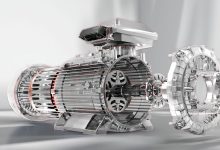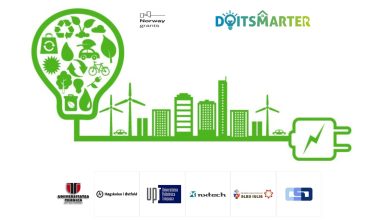First-ever 3D-printed Microreactor Made of Technical Ceramics
Bosch, a German multinational engineering and technology company, has announced that its own start-up Bosch Advanced Ceramics along with the Karlsruhe Institute of Technology (KIT) and BASF, the world’s largest chemical producer, have succeeded in producing the first-ever 3D-printed microreactor made of technical ceramics.
Microreactors are devices for housing chemical reactions. In terms of heat, stability, and corrosion, few materials can withstand the extreme conditions caused by high-temperature chemical reactions.
“To control and monitor a chemical reaction, a reactor needs to have hardness, heat resistance, and complex structures inside. 3D-printed technical ceramics bring these excellent properties to the table,” Klaus Prosiegel, sales manager at the Bosch star-tup Advanced Ceramics, said.
Many applications for technical ceramics
The market research company Data Bridge forecasts that the global market for technical ceramics will be worth around 16 billion euros by 2029. This versatile material is in demand in a wide range of industries: in medicine, it is used in bipolar scissors, which can cut tissue and stop bleeding at the same time. Electric current flowing through the two metallic halves of the scissors heats the tissue and seals it. An insulator made of technical ceramics ensures that the two metallic blades do not cause a short circuit when the scissors are closed. This makes surgery faster and safer. In energy technology, the extreme heat resistance and ion conductivity of technical ceramics makes them ideal for use in fuel-cell stacks, among other applications. In mobility, distance sensors that help with parking are also made of technical ceramics. Another area of application is grinders for fully automatic coffee machines. Here, the material’s extreme durability and hardness ensures that the grinding effect remains the same over time, with no material abrasion that could affect the taste of the coffee. “We have products on the market in all these areas,” Prosiegel says.
Premiere: 3D-printed ceramic reactor
Bosch Advanced Ceramics understood that technical ceramics are also very well suited for chemical reactions. “The challenge, however, was to find a process that was capable of producing the complex structures inside a ceramic reactor,” Prosiegel says. To solve this task, the start-up’s ten-strong team combined their company’s two core competencies: technical ceramics and 3D printing. “We’ve successfully employed 3D printing to produce ceramic components that can’t be made by conventional means,” he adds.
BASF is now using this microreactor in basic research since it allows to monitor chemical reactions under ideal temperature conditions. Furthermore, it requires fewer raw materials and less energy than large reactors. Experts can analyse these small-scale results and extrapolate them for large-scale implementation. “This is just like a chef trying out a new recipe on a small scale first before putting the dish on the menu,” Prosiegel mentions. That is why the next step is to print 10 to 20 more reactors with the same design for BASF. In view of the conceivable further potential applications for technical ceramics in the chemicals sector, Prosiegel sees a bright future ahead: “After all, almost every laboratory crucible is made of technical ceramics,” he notes. It will be a while before he and his colleagues run out of work.
Bosch start-up platform grow
Bosch Advanced Ceramics is part of grow, Bosch’s in-house start-up platform. With locations in Europe, the Middle East, Africa, Southeast Asia, India, China, Japan, North America, and South America, grow is the global home for start-ups within the technology company. Worldwide, the start-up platform currently has ten projects in the incubation phase.







